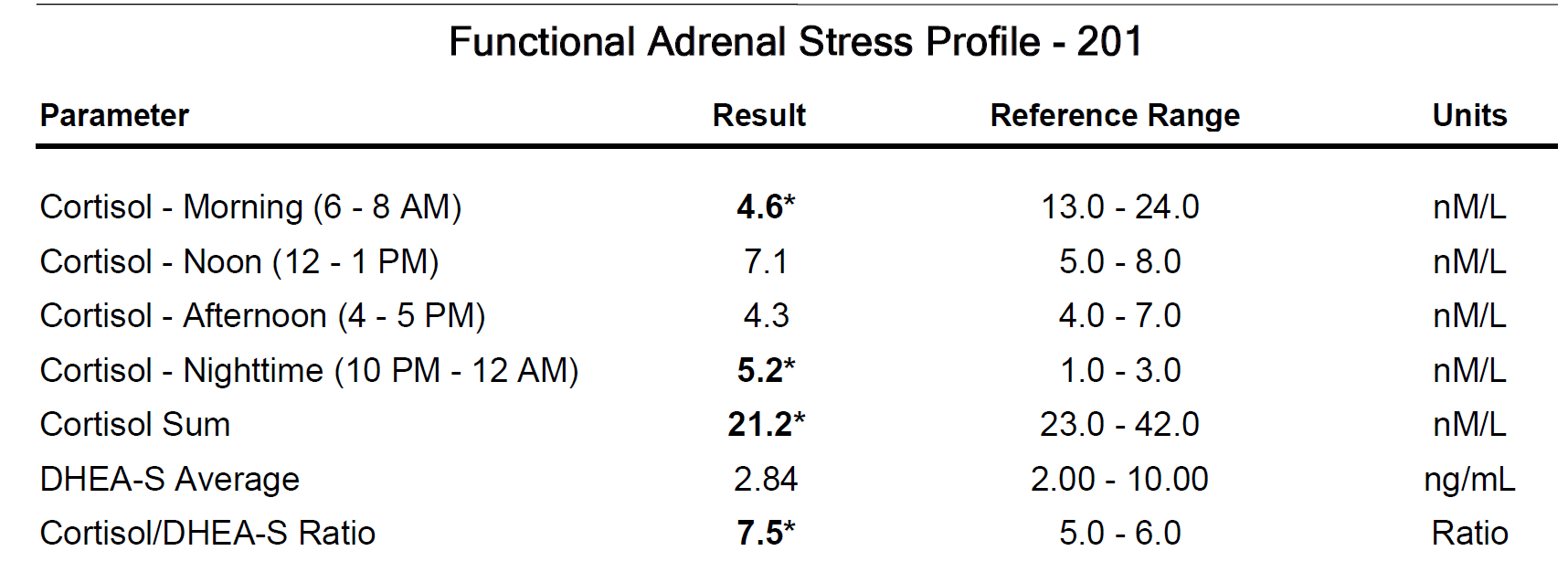
By Dr. Justin Marchegiani
Adrenal fatigue is one of those catch-all terms in the functional medicine and paleo community. Let’s dig a little deeper into adrenal fatigue and adrenal-fatigue treatment.
When the term adrenal fatigue is used today, it is used inappropriately most of the time. Most people don't have a gland that is fatigued like you may see in a long-term type II diabetic's pancreas that now needs to rely on insulin to stabilize the blood sugar.
The adrenal gland’s lack of output is mainly occurring due to HPA-axis dysfunction; in other words, the brain is not communicating to the gland appropriately.
It's like a thermostat that talks back and forth to the heater and the AC unit in someone’s house. As the temperature outside increases, the AC would kick on and vice versa; if the temperature would drop, the heat would turn on.
This intimate back-and-forth communication happens because the brain and adrenals cross-talk back and forth. This is how we as human beings adapt to stress. The better our brain can communicate back and forth, the more resilient we are.

Our adrenal produces a balance of various hormones:
Catabolic hormones: Hormones that break us down, deal with inflammation, and liberate energy.
Anabolic hormones: Hormones that build us up and keep our body reproducing in a healthy fashion.
When our body deals with stress acutely, our cortisol and adrenaline increases to help mobilize energy and put out the fire of inflammation. Yet at the same time, our anabolic hormones (DHEA, progesterone, and estrogen) stay at healthy levels so we can adapt.
The more frequently our body has to deal with stressful situations like these throughout the years/decades, you will start to see the body breaking down faster because the catabolic hormones outnumber the anabolic hormones.
Our body shouldn't be producing cortisol at a level of greater than 6 units of cortisol to 1 unit of DHEA. As our cortisol becomes >6, our body is shifting into a catabolic state (breaking down faster or accelerating the aging process).

Below is a lab test from one of my patients showing the elevated cortisol-to-DHEA ratio, signifying this accelerating aging process.
The lab markers are important indicators for the stress the body is under and can be a great marker to revisit to assess how patients’ improve various areas of stress in their life, regarding diet, lifestyle, infection removal, and detoxification.
Click here to get your adrenals checked!
Assessing the glands that help control and regulate stress is very important to your health. Your body is designed to be healthy, and part of being healthy means adapting to stress. Your adrenals are instrumental at producing hormones throughout the day that are designed to do just that.

Cortisol is secreted in a pulsatile fashion, higher in the morning and then tapering off throughout the day. Cortisol is designed to help stabilize blood sugar and help deal with stress and inflammation.
The more dysfunctional our adrenals become, we start progressing into deeper stages of adrenal fatigue where our brain (the master controller) isn't able to communicate with our adrenals properly. Thus, we develop HPA-axis dysfunction.
This is nothing more than communicational breakdown that can be fixed with proper diet, lifestyle, stress management, and a properly prescribed adrenal program (specific to your pattern of adrenal fatigue).
If cortisol is too high, this can affect thyroid conversion and disrupt TSH levels. The reason why TSH levels become effected is because if the body is stressed (a sign is excess cortisol), the body doesn't want to raise its metabolic rate and break down faster. The next easiest step is to start lowering the metabolism or body temperature by dialing down thyroid function a few notches.

Most doctors may think the problem originates from the thyroid gland and put the patient on Synthroid. The problem could very well be attributed to the elevated cortisol production from the adrenal glands. This commonly happens in stage 1 adrenal fatigue and can be fixed with the right dietary changes, lifestyle, and supplementation.
As you can see in the various patterns of adrenal fatigue above, the worst of them is the extreme adrenal fatigue pattern. This pattern is flat throughout the day with cortisol being relatively low across the day, and even a slight raise in cortisol at night can throw off your sleep, too.
What makes this cortisol rhythm so devastating to most individuals is that it can cause low energy, prevent restful sleep, and decrease DHEA levels, which prevents them from healing and repairing optimally.
When I discovered this study, it almost knocked my socks off. So essentially the closer your morning and nighttime cortisol are (a flatter slope in the cortisol rhythm), the greater your risk factor for the #1 killer, cardiovascular disease.
Getting a cortisol saliva test that can measure your cortisol throughout the day is essential to diagnosing exactly what stage of adrenal fatigue you have and if HPA-axis dysfunction is occurring.
There are some good telltale symptoms that help shed some light on how much adrenal dysfunction is present.
Count how many of the adrenal symptoms are present in your life.
If you have two or more symptoms, there is good chance your adrenals are under some stress and could use some support.
To get more customized information on how to address your fatigue, click here!